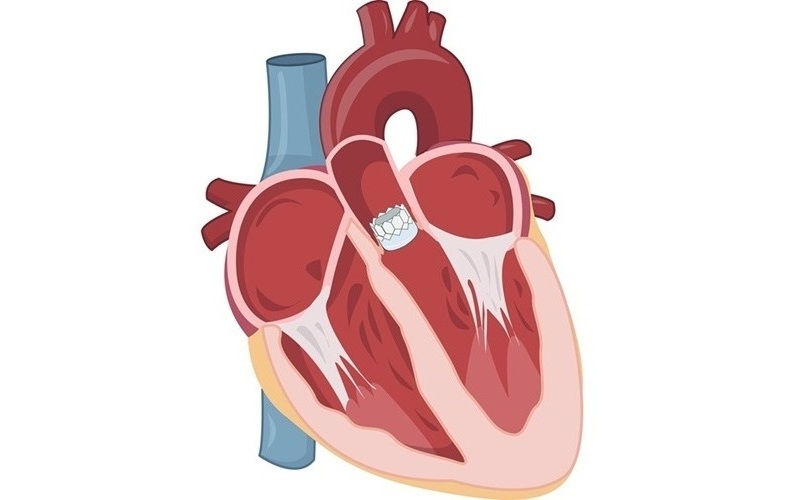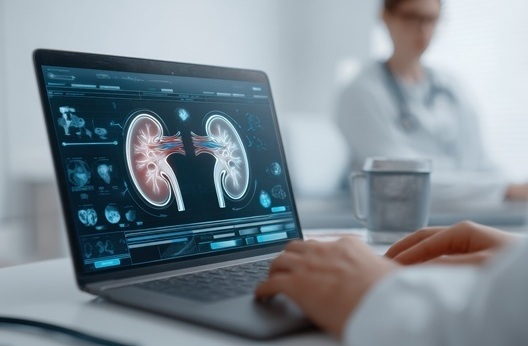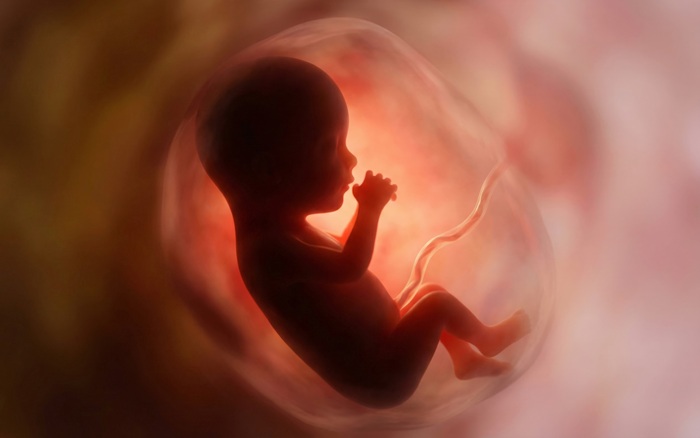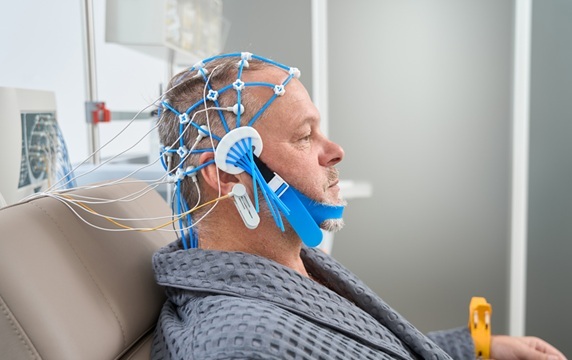Study: AI Could Save 5-10% in Healthcare Spending
|
By HospiMedica International staff writers Posted on 30 Jan 2023 |

A new study by McKinsey & Company (New York City, NY, USA) and Harvard University (Cambridge, MA, USA) estimates that the broader adoption of AI could lead to savings in the range of 5% to 10% in healthcare spending, or between approximately USD 200-360 billion per year in the US.
Presently, the healthcare sector has low adoption of AI-based tools despite its benefits discovered by researchers. The study's estimates are based on AI uses utilizing current technologies that are achievable within the next five years, without compromising quality or access. Hospitals could see cost savings mainly through improved clinical operations, quality and safety – such as optimizing operating rooms, or identifying adverse events. Physician groups can experience similar benefits by leveraging AI for continuity of care, such as referral management.
Health insurers could experience savings from uses that improve claims management, such as automating prior authorization, along with healthcare and provider relationship management, including preventing readmissions and provider directory management. Based on AI-driven uses, private payers could save approximately 7% to 9% of their total costs within the next five years. Physician groups could save 3% to 8% of their costs. Additionally, the report estimates that hospitals could register savings between 4% to 11% in their expenses per year.
Related Links:
McKinsey & Company
Harvard University
Latest Business News
- Philips and Masimo Partner to Advance Patient Monitoring Measurement Technologies
- B. Braun Acquires Digital Microsurgery Company True Digital Surgery
- CMEF 2025 to Promote Holistic and High-Quality Development of Medical and Health Industry
- Bayer and Broad Institute Extend Research Collaboration to Develop New Cardiovascular Therapies
- Medtronic Partners with Corsano to Expand Acute Care & Monitoring Portfolio in Europe
- Expanded Collaboration to Transform OR Technology Through AI and Automation
- Becton Dickinson to Spin Out Biosciences and Diagnostic Solutions Business
- Boston Scientific Acquires Medical Device Company SoniVie
- 2026 World Hospital Congress to be Held in Seoul
- Teleflex to Acquire BIOTRONIK’s Vascular Intervention Business
- Philips and Mass General Brigham Collaborate on Improving Patient Care with Live AI-Powered Insights
- Arab Health 2025 Celebrates Landmark 50th Edition
- Boston Scientific Acquires Medical Device Company Intera Oncology
- MEDICA 2024 to Highlight Hot Topics of MedTech Industry
- Start-Ups To Once Again Play Starring Role at MEDICA 2024
- Boston Scientific to Acquire AFib Ablation Company Cortex
Channels
Critical Care
view channel
Bioadhesive Strategy Prevents Fibrosis Around Device Implants on Peripheral Nerves
Peripheral nerves connect the brain and spinal cord to muscles, organs, and sensory systems, making them key targets for treating neurological and systemic diseases. However, implantable bioelectronic... Read more
Miniature Non-Invasive Robotic Catheters to Improve Infertility Treatments
Minimally invasive procedures in reproductive and gynaecological medicine are often limited by the difficulty of navigating narrow, delicate anatomical pathways without damaging surrounding tissue.... Read moreSurgical Techniques
view channel
Catheter-Based Procedures Offer Less Invasive Option for Treatment of Valvular Disease
Valvular heart disease, caused by tight or leaky valves between heart chambers, affects up to 10% of older adults and leads to more than 120,000 deaths globally each year. Traditional open-heart surgery... Read moreLaparoscopic Surgery Improves Outcomes for Severe Newborn Liver Disease
Biliary atresia is a rare but life-threatening liver condition in newborns that blocks bile flow and leads to progressive liver damage if not treated early. Surgery is typically performed within the first... Read morePatient Care
view channel
Revolutionary Automatic IV-Line Flushing Device to Enhance Infusion Care
More than 80% of in-hospital patients receive intravenous (IV) therapy. Every dose of IV medicine delivered in a small volume (<250 mL) infusion bag should be followed by subsequent flushing to ensure... Read more
VR Training Tool Combats Contamination of Portable Medical Equipment
Healthcare-associated infections (HAIs) impact one in every 31 patients, cause nearly 100,000 deaths each year, and cost USD 28.4 billion in direct medical expenses. Notably, up to 75% of these infections... Read more
Portable Biosensor Platform to Reduce Hospital-Acquired Infections
Approximately 4 million patients in the European Union acquire healthcare-associated infections (HAIs) or nosocomial infections each year, with around 37,000 deaths directly resulting from these infections,... Read moreFirst-Of-Its-Kind Portable Germicidal Light Technology Disinfects High-Touch Clinical Surfaces in Seconds
Reducing healthcare-acquired infections (HAIs) remains a pressing issue within global healthcare systems. In the United States alone, 1.7 million patients contract HAIs annually, leading to approximately... Read moreHealth IT
view channel
EMR-Based Tool Predicts Graft Failure After Kidney Transplant
Kidney transplantation offers patients with end-stage kidney disease longer survival and better quality of life than dialysis, yet graft failure remains a major challenge. Although a successful transplant... Read more
















